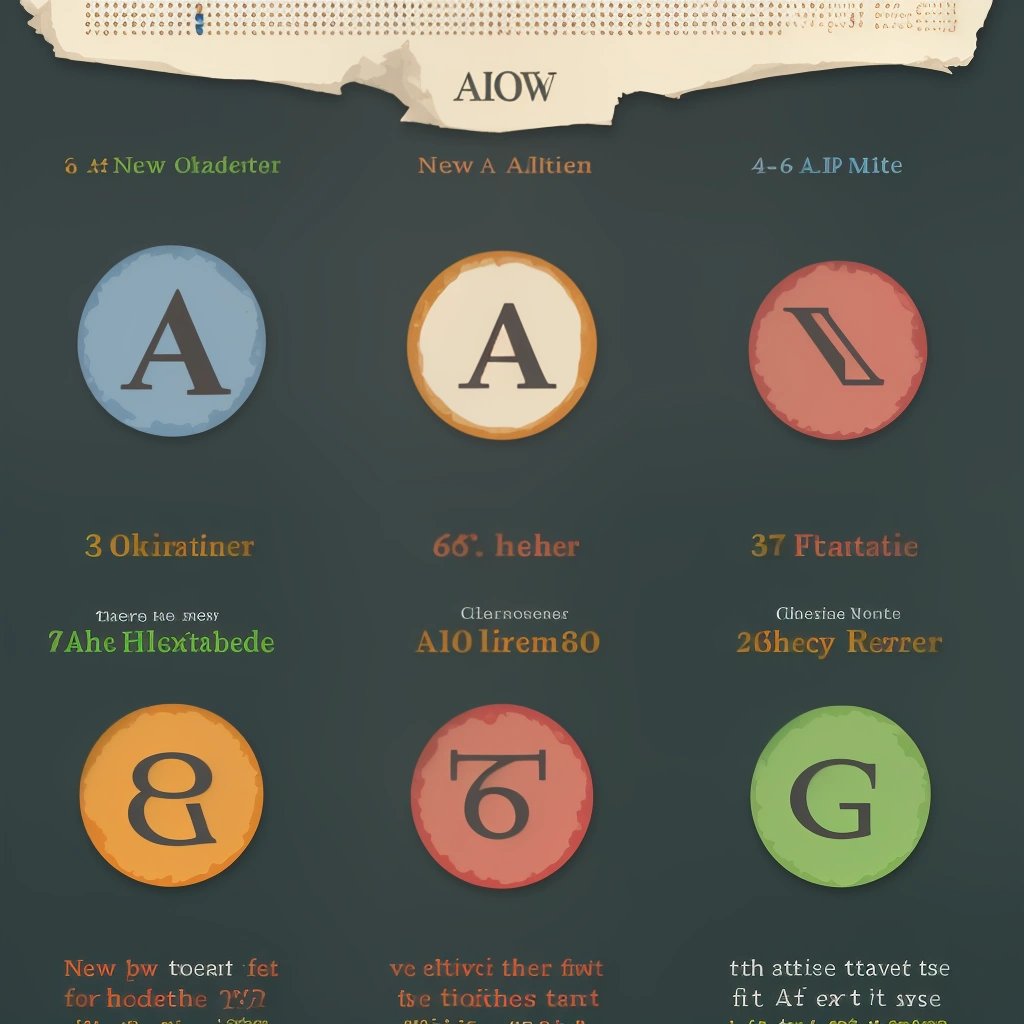In a shocking turn of events, the English-language institute has just announced a revolutionary change to the traditional alphabetical order. This groundbreaking decision is set to rock the very foundations of language and transform the way we organize letters in the alphabet.
For centuries, people have grown accustomed to the familiar sequence of letters in the alphabet, with "A" coming before "B" and so on. But now, the English-language institute has decided that it's time for a change. Their new alphabetical order is set to bring order and efficiency to the world of language like never before.
According to the institute's spokesperson, Professor Linguarius, the old alphabetical order was simply outdated and inefficient. "We live in a fast-paced world, and our language needs to keep up with the times," Professor Linguarius exclaimed with great enthusiasm. "The new alphabetical order will revolutionize how we navigate dictionaries, organize files, and even search for information online!"
So, what does this new alphabetical order look like, you may wonder? Well, get ready to have your mind blown. Instead of the traditional sequence of letters, the English-language institute has devised an entirely new system based on the frequency of letter usage in the English language.
In this innovative arrangement, the most commonly used letters such as "E," "A," and "T" will take the top spots, ensuring that they're easily accessible and readily available. On the other hand, less frequently used letters like "X," "Q," and "Z" will find themselves towards the end of the new alphabetical order.
The institute claims that this new order will make it easier for people to find and use the most frequently used letters, reducing the time wasted searching for them in texts, dictionaries, or even when typing on keyboards. It's a bold move, challenging the very fabric of alphabetical convention, but Professor Linguarius is confident that it's a change for the better.
Critics, however, are not convinced. They argue that the familiarity of the traditional alphabetical order is deeply ingrained in our society and that such a drastic change could lead to confusion and chaos. Some fear that this new system will render existing dictionaries useless and that children will struggle to learn the revised order.
Protests have already erupted on social media, with outraged individuals declaring that they will never accept this new alphabet. Hashtags such as #BringBackTheOldOrder and #AlphabetRebellion have started trending worldwide. It seems that the English-language institute may have underestimated the emotional attachment people have to the traditional alphabetical order.
Amidst the controversy, linguistic scholars and language enthusiasts have engaged in fierce debates about the implications of this change. Some argue that it's a necessary step forward, adapting the alphabet to reflect the needs of a rapidly evolving society. Others view it as a reckless and unnecessary experiment that will create more problems than it solves.
Only time will tell how this new alphabetical order will be received and whether it will truly revolutionize the way we organize letters. For now, the English-language institute stands firm in their decision, confident that they have made a change that is both progressive and necessary for the future of language.
As the world braces itself for this linguistic upheaval, one thing is certain: the way we organize letters is changing, and it's causing quite a stir. So get ready to bid farewell to the old alphabetical order and embrace this new era of efficient letter arrangement. The English-language institute has spoken, and it's time to rearrange the building blocks of our language.


